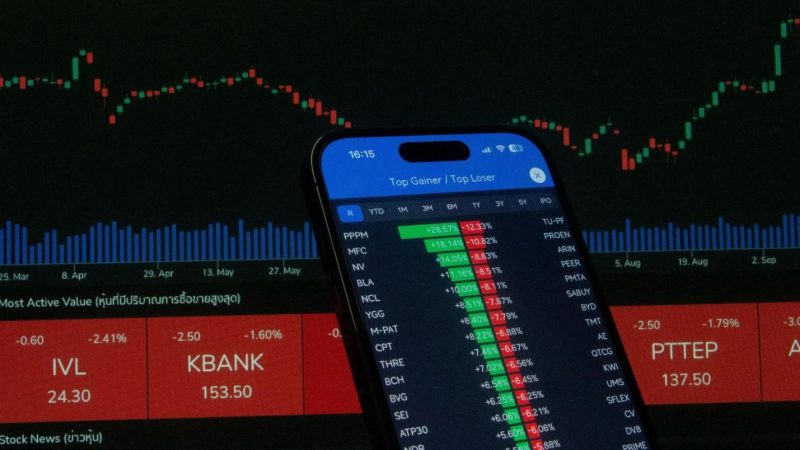Last Updated on: 10th February 2025, 01:47 pm
Daily share market movements act as a real-time economic barometer for savvy investors. By tracking index fluctuations and catalyzing events, traders can capitalize on emerging opportunities and risks. One key metric is the price-to-earnings (P/E) ratio, which indicates a stock’s price relative to earnings per share. Understanding the PE meaning in the share market provides a useful valuation measure to inform investment decisions.
Whether you are a seasoned investor aiming to optimise your strategy or a curious beginner navigating the complex landscape, a nuanced grasp of factors steering today’s market dynamics is essential. This blog post will explore how daily news and trends can empower one’s investment decisions.
Understanding Market Trends
Market trends reflect economic health and investor sentiment through fluctuating securities prices. Analysing the factors driving market movements can enable strategic investment decisions.
- Bullish Market Trend: Rising share prices signify investor optimism fueled by strong corporate earnings, economic growth, and favourable policies. Bull runs create opportunities to generate returns through long-term positions.
- Bearish Market Trend: Declining prices indicate investor pessimism. It is often tied to recessionary fears, geopolitical unrest, high inflation, and interest rates. Bear phases warrant defensive strategies like short-selling and minimising risks.
Distinguishing bullish and bearish forces can provide context to navigate market volatility and align your trading approach accordingly.
Key Drivers of the Share Market Today
Key drivers of the share market today include the following:
- Global Economic Conditions: Economic health measures like GDP growth rate, employment reports, and inflation trends provide insight into corporate earnings potential and consumer spending power. Upbeat data can fuel bullish optimism while concerning signals can prompt selloffs.
- Monetary Policy: RBI’s interest rate moves can impact economic growth and the availability of investor capital. Accommodative policies encourage loans and risk-taking sentiment. This can spark rallies. Hawkish tightening, on the other hand, can help reverse these effects.
- Geopolitical Events: Political stability, fiscal policies, trade relations, and global conflicts sway investor confidence and risk appetite. Uncertainty typically induces market volatility as prices react to unfolding developments.
- Sectoral Performance: While broad market shifts impact all sectors, some usually outperform others. Evaluating macroeconomic impacts across industries can allow for tactical allocation across sectors. For example, technology-oriented sectors usually thrive amid digital transformation.
Technical Insights for Today’s Market
Technical analysis leverages price and volume data to reveal short-term directional biases. Tracking key indicators for theshare market today can enable opportune trade timing.
Technical Insights for Today’s Market
Technical analysis leverages price and volume data to reveal short-term directional biases. Tracking key indicators can enable opportune trade timing. Key indicators to watch include the following:
- Moving Averages: Simple Moving Averages (SMAs) and Exponential Moving Averages (EMAs) are typically beneficial in showing the prevailing trends. Crossovers between fast and slow-moving averages signal momentum shifts.
- Relative Strength Index (RSI): RSI measures the velocity of price movements. Readings exceeding 70 indicate overbought conditions, while below 30 flag oversold levels. These signals indicate trend changes.
- Volume Analysis: Higher volume during price swings can confirm a trend’s durability while declining volumes suggest waning momentum. Analysing volume divergences with price can help reveal weaknesses in trends.
Combining these technical markers with risk management can help create a strategic framework for leveraging intraday setups. These insights help spotlight emerging opportunities and risks.
Conclusion
From monetary policy shifts to geopolitical events, the modern share market dynamics are complex, presenting prospects and pitfalls for investors. Yet amidst market volatility lies the potential for gains.
You can traverse the turbulence and unlock sustainable growth by comprehending the key drivers steering today’s trends, utilising analytical instruments to spotlight turning points, and trading prudently with risk-mitigation strategies.
Rather than avoiding risks outright, smart investing can entail balancing calculated risks and rewards in alignment with one’s investment objectives. Though the undertaking remains challenging, market insights can judiciously help trade today’s market.






